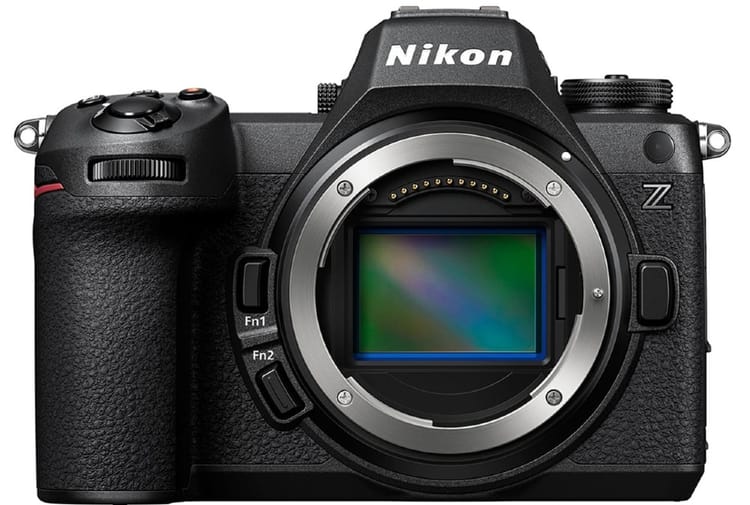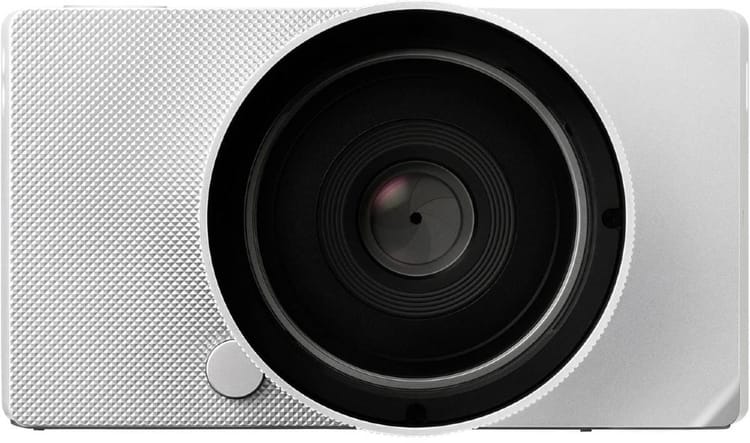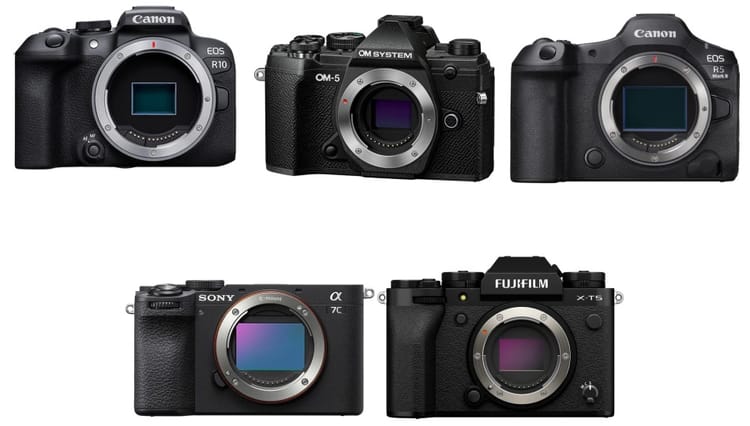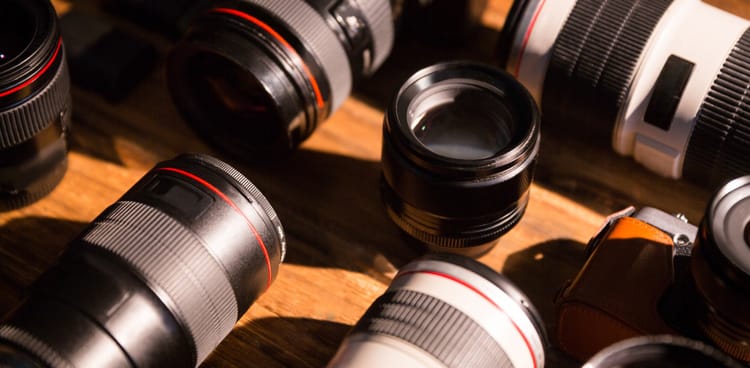Wildlife Photography Tips: Mastering Nature's Perfect Shot
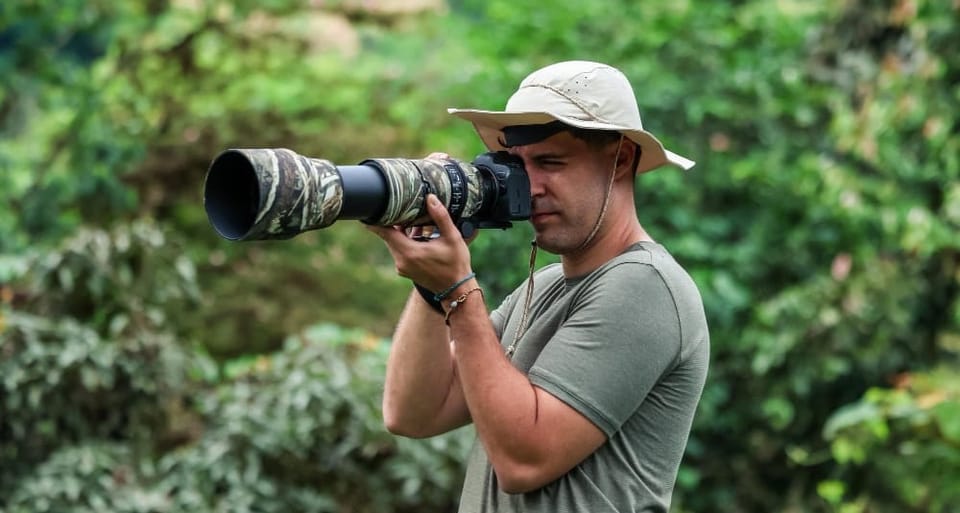
Wildlife photography lets you capture amazing images of animals in nature. It takes skill and patience to get great shots.
With the right tips, you can take your wildlife photos to the next level.
A fast shutter speed is key to sharp wildlife photos. This freezes motion and catches quick movements.
Setting the ISO between 400-800 also helps in different lighting situations.
Getting down low to the animal's eye level creates a more intimate perspective.
Good wildlife photography requires the right gear. A telephoto lens lets you zoom in on distant animals without disturbing them.
A sturdy tripod keeps the camera steady for crisp shots.
Researching animal behavior and habitats also improves your chances of finding great photo opportunities.
Understanding Your Equipment
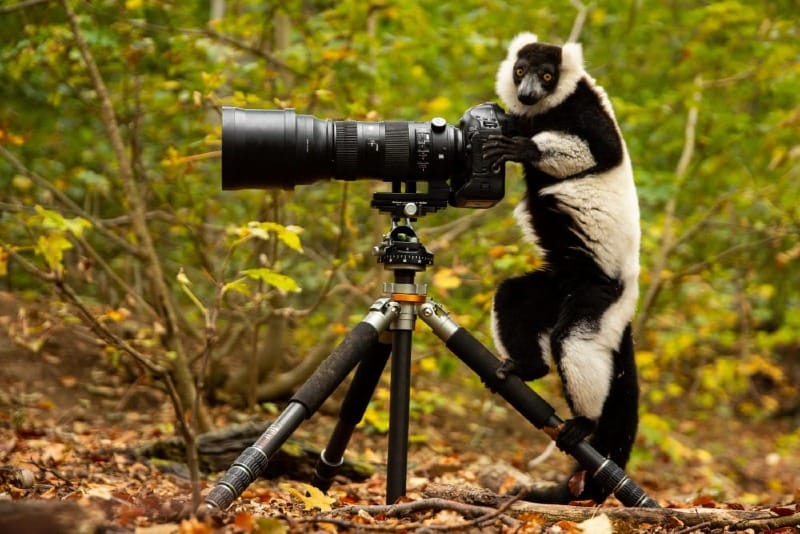
Getting familiar with your gear is key for wildlife photography. The right tools and settings can make a big difference in capturing amazing animal shots.
Choosing the Right Camera Gear
For wildlife photography, a camera with fast autofocus and high burst rates is ideal. DSLR and mirrorless cameras are popular choices.
Mirrorless cameras are lighter and often have silent shooting modes, which can be useful for not scaring animals.
Look for cameras with good low-light performance and high ISO capabilities. This helps when shooting in dim forest settings or at dawn and dusk.
Weather-sealed bodies are a plus for outdoor use. They protect your gear from dust and moisture.
Don't forget extra batteries and memory cards. Wildlife shoots can last for hours, and you don't want to miss a shot.
Optimizing Camera Settings for Wildlife
Use fast shutter speeds to freeze action. 1/1000th of a second or faster is often needed for birds in flight or running animals.
Set your camera to continuous autofocus (AF-C) mode. This helps track moving subjects.
Use a high ISO if needed to maintain fast shutter speeds in low light. Modern cameras can produce clean images at ISO 3200 or higher.
Shoot in RAW format for more flexibility in post-processing. This allows you to adjust white balance and exposure later.
Try burst mode to capture a series of images. This increases your chances of getting the perfect shot of a moving animal.
The Importance of Using a Telephoto Lens
Telephoto lenses are crucial for wildlife photography. They let you get close-up shots without disturbing animals.
A focal length of 300mm or longer is often needed. Some photographers use 600mm or even 800mm lenses for small or distant subjects.
Consider the weight of your lens. Heavier lenses can be hard to handhold for long periods.
Look for lenses with good optical quality and fast apertures. This helps in low light and creates a pleasing background blur.
Zoom lenses offer flexibility in framing shots. But prime lenses often have better image quality and faster apertures.
Benefits of Image Stabilization
Image stabilization (IS) is a big help in wildlife photography. It reduces camera shake, letting you use slower shutter speeds.
Many telephoto lenses have built-in IS. This is especially useful for long focal lengths.
Some cameras have in-body image stabilization (IBIS). This works with any lens, even those without built-in IS.
IS can give you 2-4 stops of shake reduction. This means you can use a shutter speed 2-4 times slower than normal.
Turn off IS when using a tripod. It can sometimes cause softness in images when the camera is already stable.
Mastering Camera Techniques for Wildlife Shots
Taking great wildlife photos requires skill with camera settings. The right techniques can make a big difference in capturing sharp, well-exposed images of animals in their natural habitats.
Effective Use of Aperture, Shutter Speed, and ISO
The aperture controls the depth of field. A wide aperture like f/2.8 or f/4 blurs backgrounds, making subjects stand out. Narrower apertures like f/8 or f/11 keep more of the scene in focus.
Shutter speed is crucial for wildlife. Fast shutter speeds of 1/1000 sec or higher freeze motion. This works well for birds in flight or running animals. Slower speeds can show movement, like blurred wings.
ISO affects the camera's light sensitivity. Lower ISOs like 100-400 give the cleanest images. Higher ISOs let you shoot in dim light but can add noise. Many modern cameras perform well at ISOs of 1600-3200 or higher.
Shutter priority mode is useful for action shots. It lets you set the shutter speed while the camera handles aperture. Aperture priority works well for portraits, controlling background blur.
Utilizing the Right Focus Mode and Subject Detection
Autofocus is key for wildlife photography. Continuous AF (AI Servo) tracks moving subjects. Single AF works for still subjects.
Many cameras offer animal eye detection. This helps keep an animal's eyes sharp, even as it moves. Some can detect specific animals like birds or mammals.
For static subjects, single-point AF gives precise control. Zone or wide-area AF can work better for erratic movement. Back-button focus separates focusing from the shutter release, offering more flexibility.
When to Employ Burst Mode for Capturing Wildlife
Burst mode takes multiple shots in quick succession. This increases the odds of getting the perfect moment.
It's ideal for fast action or unpredictable behavior.
Most cameras offer speeds of 5-20 frames per second. Faster is generally better for wildlife. However, it can fill memory cards quickly.
Burst mode works well for birds taking flight, predators hunting, or any fast-moving animals. It captures subtle changes in expression or position.
Use it when the perfect shot might only last a fraction of a second.
Composing Stunning Wildlife Images
Creating eye-catching wildlife photos requires skill in framing, lighting, and capturing animals in their natural habitats. The right techniques can transform ordinary shots into breathtaking images.
Harnessing the Power of Light and Shadow
Natural light plays a key role in wildlife photography. The golden hour, just after sunrise or before sunset, offers soft, warm light that enhances animal features. Early morning light can create striking silhouettes and long shadows.
Bright midday sun can be harsh. Use it to highlight textures in fur or feathers. Overcast days provide even lighting, perfect for showing subtle color variations.
Pay attention to how light falls on your subject. Side lighting can add depth and drama. Backlighting creates beautiful rim lighting effects around animals.
Exploring Composition Techniques for Dynamic Photographs
The rule of thirds is a useful starting point. Place key elements along imaginary grid lines or at their intersections.
Use leading lines to draw the viewer's eye to the subject. Rivers, branches, or animal tracks can serve this purpose.
Negative space can add impact. A lone animal against a vast sky or plain background can be powerful.
Frame your subject using natural elements like tree branches or rock formations. This adds context and depth to your images.
Incorporating the Surrounding Environment
Including habitat in your shots tells a fuller story. Show animals interacting with their environment.
Wide-angle shots can capture animals in expansive landscapes. This gives a sense of scale and place.
Use elements like water reflections or weather conditions to add mood and atmosphere. Fog or rain can create mysterious, ethereal images.
Consider the background carefully. A cluttered backdrop can distract from your subject. Look for clean, complementary backgrounds that don't compete for attention.
Field Practices for Wildlife Photography
Successful wildlife photography requires careful preparation and specific techniques in the field. These practices help photographers capture stunning images while respecting animals and staying safe.
Conducting Research and Understanding Animal Behavior
Wildlife photographers need to study their subjects before heading out. Learning about animal habits and patterns helps predict their movements and behaviors.
Research peak activity times for target species. Many animals are most active at dawn and dusk.
Understand mating seasons, migration patterns, and feeding habits. This knowledge aids in finding and photographing animals.
Study the local ecosystem and habitats. Knowing where animals live and feed increases chances of successful encounters.
Learn to recognize animal signs like tracks, scat, and calls. These clues can lead photographers to subjects.
The Role of Patience and Anticipation in Wildlife Observation
Patience is crucial in wildlife photography. Animals rarely appear on cue, so photographers must be ready to wait.
Find a promising spot and set up quietly. Stay still and alert for long periods.
Watch for subtle signs of animal activity. A rustling bush or distant call might signal an approaching subject.
Anticipate animal behavior to capture key moments. For example, birds often shake water off after bathing.
Be prepared to return to the same location multiple times. Wildlife sightings are never guaranteed on a single trip.
Use the waiting time to perfect camera settings and compositions. This ensures readiness when an animal appears.
Staying Safe While Capturing Wild Animals
Safety should always be the top priority when photographing wildlife. Respecting animals in their natural habitat is essential.
Keep a safe distance from all wild animals. Use long lenses to capture close-up shots without disturbing subjects.
Never approach or corner animals. This can cause stress and lead to aggressive behavior.
Be aware of your surroundings at all times. Watch for signs of animal agitation or nearby predators.
Carry appropriate safety gear like bear spray in areas with large predators.
Follow all park rules and regulations. These exist to protect both wildlife and visitors.
Avoid using flash photography, which can startle and disorient animals.
Advancing Your Technique

Taking wildlife photos requires skill and practice. These tips will help you improve your craft and make a positive impact.
Exploring Advanced Photography Techniques
Macro photography lets you capture tiny details of small creatures. Use a macro lens to get extreme close-ups of insects or plant life.
For bird photography, a fast shutter speed is key. Set your camera to at least 1/1000 second to freeze motion.
Try panning to show movement. Follow a running animal with your camera as you take the shot. This keeps the subject sharp while blurring the background.
Low-light situations need special care. Boost your ISO and use a wide aperture to let in more light. A tripod helps prevent camera shake.
Branching Out to New Locations and Subjects
Visit new places to find fresh subjects.
National parks offer diverse wildlife in natural settings.
Try zoo photography to practice with exotic animals.
Zoos let you get close to subjects safely.
Wake up early to catch animals during their active morning hours.
Dawn provides soft, warm light for photos.
Look for interesting behavior to capture.
Animals feeding, fighting, or caring for young make compelling images.
Photograph different species to expand your portfolio.
From large mammals to tiny insects, each subject needs a unique approach.
Contributing to Wildlife Conservation Through Photography
Use your photos to raise awareness about endangered species.
Share images of rare animals to educate others about conservation needs.
Work with local wildlife groups. Your photos can help their education and fundraising efforts.
Follow ethical guidelines when photographing animals.
Don't disturb habitats or stress creatures for a shot.
Document environmental issues affecting wildlife.
Photos of habitat loss or pollution can spark change.
Sell prints to support conservation.
Donate a portion of your earnings to wildlife protection groups.
Thank you for visiting our site and being part of this journey with us! We rely on the generous support of visitors like you to continue providing high-quality. Your donation, no matter the size, helps us maintain the website and create more valuable resources for everyone.


